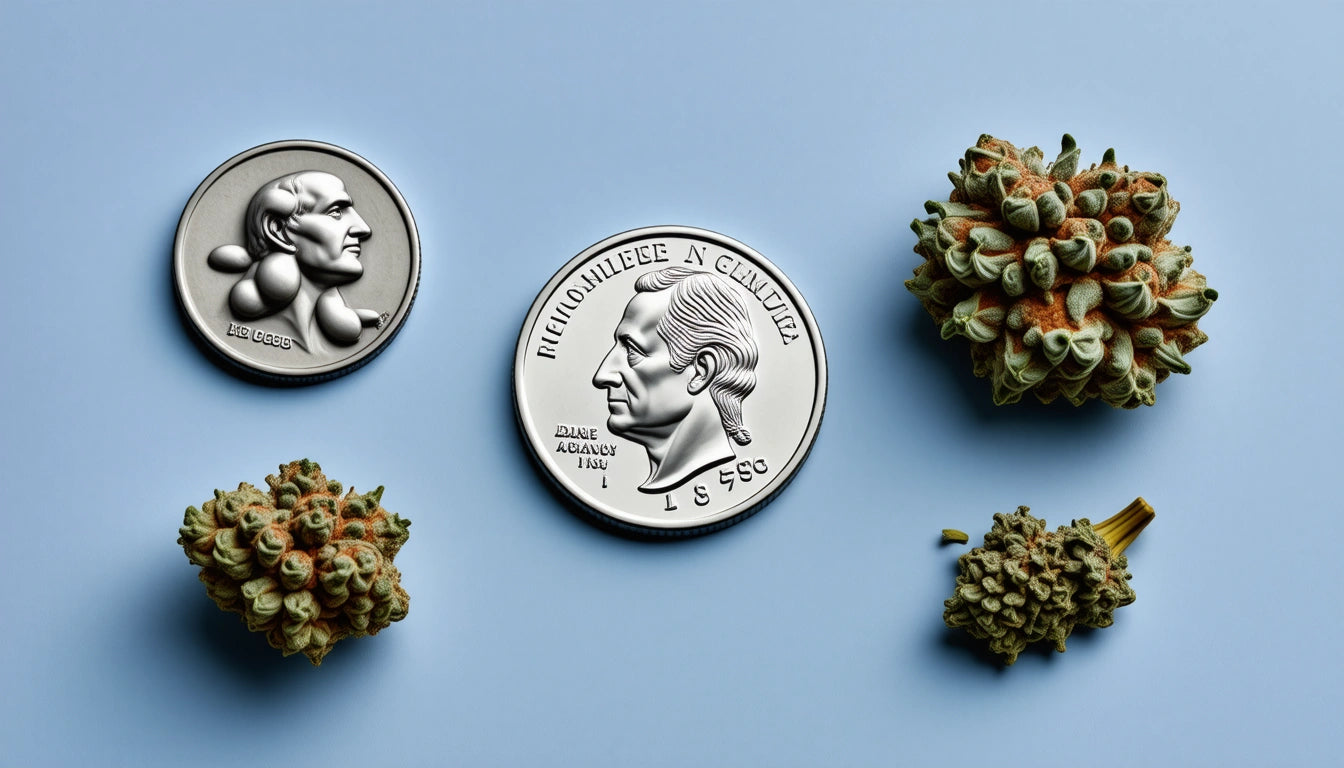Table of Contents
- Does Smoking Weed Age You? Separating Fact from Fiction
- Can You Smoke Old Weed? Understanding Cannabis Shelf Life
- How Potency and Effects Change in Aged Cannabis
- Proper Storage Solutions to Prevent Premature Aging
- How to Identify Old Cannabis: Visual and Sensory Cues
- Future Considerations for Cannabis Preservation and Anti-Aging
Does Weed Age You and Can You Smoke Old Cannabis?
Two questions frequently arise in cannabis discussions: does smoking weed age you physically, and is it safe to consume old cannabis? Both concerns touch on important aspects of cannabis use that deserve evidence-based answers rather than speculation.
Does Smoking Weed Age You? Separating Fact from Fiction
Unlike cigarettes, which contain numerous proven aging accelerants, the relationship between cannabis and physical aging is more nuanced. While smoking anything creates combustion byproducts that can potentially damage skin, the evidence that cannabis specifically causes premature aging remains limited.
Comparing Cannabis to Nicotine
The question "does smoking weed age you like nicotine" stems from known effects of tobacco smoking, which constricts blood vessels, reduces oxygen flow to skin, and damages collagen. Cannabis smoke contains some similar combustion byproducts but lacks nicotine, which is particularly damaging to skin elasticity.
Research on cannabis consumption effects shows that smoking methods may contribute to some signs of aging, primarily through:
- Free radical production during combustion
- Potential dehydration effects
- Sleep cycle disruptions that can affect skin renewal
However, these effects appear less pronounced than those associated with tobacco use. Additionally, non-smoking consumption methods like edibles, tinctures, and vaporization may eliminate most combustion-related aging concerns.
Can You Smoke Old Weed? Understanding Cannabis Shelf Life
The question "can you smoke old weed" or "does weed go bad" has practical implications for consumers. Cannabis doesn't "expire" in the way food does, but it does degrade over time, affecting both potency and experience.
According to this guide on cannabis shelf life, properly stored flower typically remains viable for 6-12 months, though quality gradually diminishes. Concentrates and edibles have different shelf lives, with some products remaining potent for up to two years with proper storage.
Safety Considerations for Old Cannabis
If you're wondering "can I smoke old weed," the primary concerns include:
- Potential mold or bacterial growth
- Degraded cannabinoids and terpenes
- Harsh smoke and unpleasant flavor
While smoking properly stored old cannabis is unlikely to be dangerous, moldy cannabis can pose health risks, particularly for immunocompromised individuals. Before consuming aged flower, inspect it carefully for visible mold, unusual discoloration, or musty odors.
How Potency and Effects Change in Aged Cannabis
What happens if you smoke old weed? The most noticeable change is in potency. Over time, THC degrades into CBN (cannabinol), a cannabinoid with more sedative and less psychoactive properties.
Studies on potency changes indicate that cannabis loses approximately 16% of its THC after one year of storage, with degradation accelerating in poor storage conditions. This transformation explains why old cannabis often produces different effects than fresh flower, typically resulting in a more sedative, less euphoric experience.
Comparing Modern and Vintage Cannabis
When considering "weed from the '70s vs now," it's important to note that cannabis potency has increased dramatically over decades of selective breeding. Modern strains often contain 15-25% THC, compared to 1970s cannabis that typically contained 1-3% THC.
This potency difference means that even degraded modern cannabis might contain more active THC than fresh cannabis from previous decades, though the terpene profiles and overall experience would differ significantly.
Proper Storage Solutions to Prevent Premature Aging
To prevent cannabis from getting old prematurely, proper storage is essential. The four main factors that accelerate cannabis degradation are:
- Light exposure (particularly UV light)
- Temperature fluctuations
- Oxygen exposure
- Humidity extremes
Investing in appropriate storage containers can significantly extend cannabis shelf life. Many consumers use specialized mylar storage bags designed for standard eighth quantities that provide excellent protection against light, air, and humidity while maintaining freshness.
For longer-term storage, consider these additional tips:
- Store in a cool, dark place (55-65 °F is ideal)
- Use humidity control packs to maintain 58-62% relative humidity
- Minimize air exposure by using vacuum-sealed containers
- Avoid refrigeration, which can introduce damaging moisture
How to Identify Old Cannabis: Visual and Sensory Cues
Wondering if your cannabis has gone old? Research on cannabis degradation suggests looking for these telltale signs:
Visual Indicators
- Color changes from vibrant green to dull brown or yellow
- Brittle texture that crumbles easily
- Loss of visible trichomes (crystalline structures)
- Visible mold (white, gray, or black spots with fuzzy appearance)
Sensory Indicators
- Diminished aroma or significantly changed smell
- Harsh, scratchy smoke when combusted
- Flat, less distinctive flavor profile
- Reduced moisture content and flexibility
If your cannabis shows multiple signs of aging but appears free from mold, it can likely still be consumed safely, though the experience may differ from fresh material.
Future Considerations for Cannabis Preservation and Anti-Aging
As the cannabis industry matures, both consumption methods and storage technologies continue to evolve. For those concerned about whether "does weed make you look older," consider these emerging trends:
- Advanced non-combustion consumption methods that eliminate smoke-related aging concerns
- Improved packaging technologies that extend cannabis shelf life
- Cannabinoid-infused skincare products claiming anti-aging properties
- Research into the potential antioxidant properties of certain cannabinoids
For those asking "if you are still smoking weed at 30" or beyond, the key consideration isn't necessarily age but consumption method. As consumers age, many transition to vaporization, edibles, or tinctures to minimize potential respiratory and aging effects associated with combustion.
Ultimately, understanding both how cannabis ages and how it might affect aging empowers consumers to make informed decisions about consumption methods, storage practices, and product selection based on personal health priorities.











Leave a comment
All comments are moderated before being published.
This site is protected by hCaptcha and the hCaptcha Privacy Policy and Terms of Service apply.